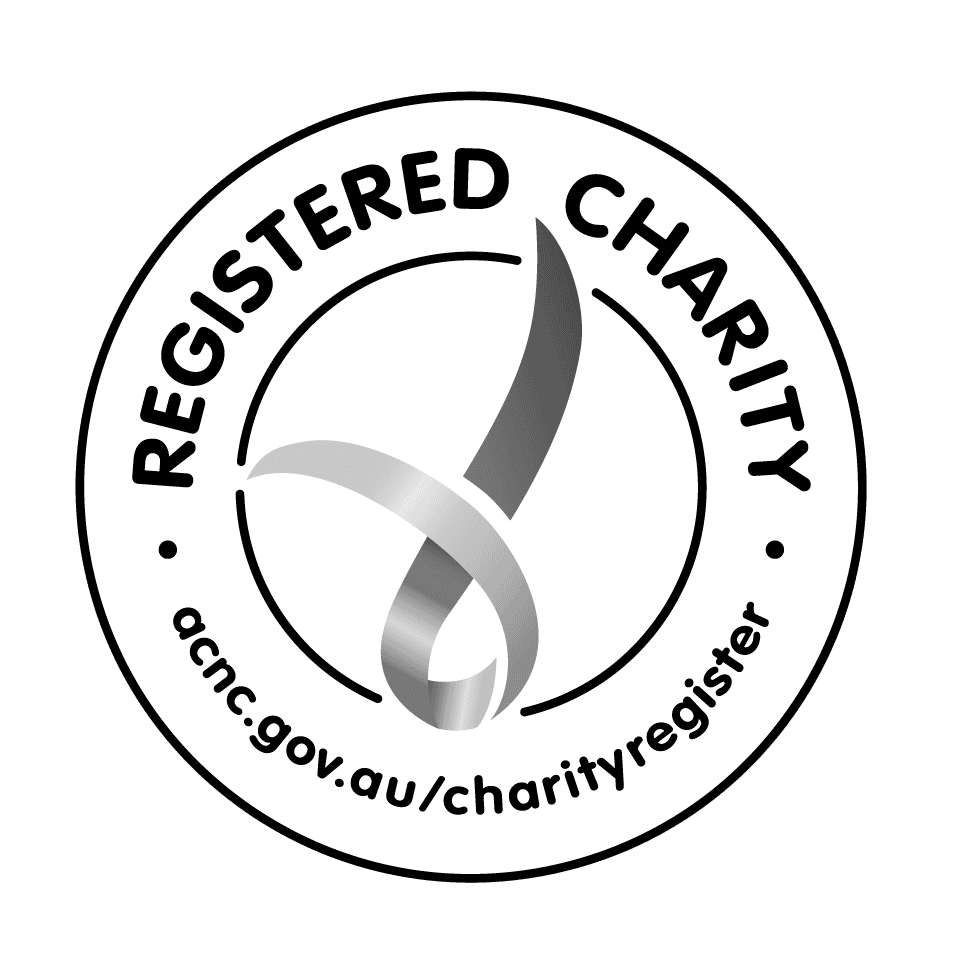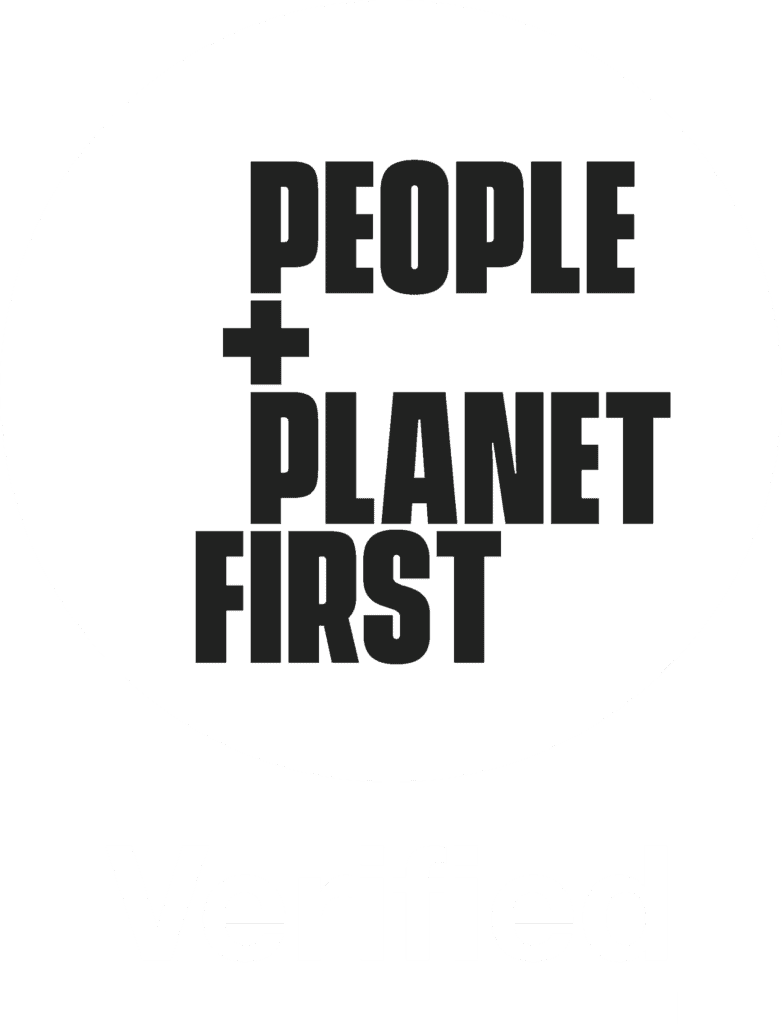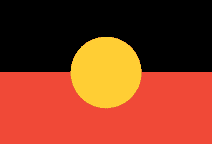Inclusive Language Guide
Workplace Inclusion Glossary
We recognise that words can mean different things to different people. This glossary reflects how we understand and use them in our workplace context.
Our goal is to empower you with knowledge and confidence, so you can engage in inclusive conversations with respect and curiosity.
We’ve included as much terminology as possible, but if you come across something that’s missing, let us know - we’re always happy to help and keep this resource evolving.
Inclusion starts with understanding, and understanding starts with language. Let’s make it easier to talk about what matters.
Download the PDF version of this glossary here:
Core Concepts
Diversity
Having people with a wide range of identities, backgrounds, experiences, perspectives and voices, such as gender, race, age, culture, religion, disability, sexual orientation, caring responsibilities, upbringing and ways of thinking.
Diversity is not about individuals being “diverse”, it’s about the differences between people within a team, organisation or community.
Inclusion
Creating a culture where everyone feels respected, valued and safe to contribute fully, regardless of their background or identity.
Belonging
Feeling accepted, included and valued for who you are within a group or workplace.
Equality
Treating all employees the same and giving them equal access to support and opportunities.
Fairness
Equally valuing different backgrounds, perspectives, identities, experiences and voices and ensuring decisions, resources and opportunities are given without favouritism or bias.
Equity
Ensuring fair access to opportunities, resources and support based on individual needs. The concept of equity recognises that people don’t all start from the same place, so different approaches may be needed for individuals to achieve equal outcomes.
Justice
Identifying and removing barriers that hinder equitable access, resources and opportunities for all, particularly those historically marginalised.
Identity & Representation
Race
A social construct used to group people based on assumed physical traits like skin colour, hair or facial features. Often linked to systems of privilege and discrimination.
Ethnicity
A cultural background, such as language, ancestry, traditions, or nationality, that someone identifies with.
Culture
The shared behaviours, beliefs, customs and traditions of a group, like language, food, religion and music.
Religion
A set of beliefs and practices, often involving faith in a higher power or spiritual force.
Disability
A condition that may affect a person's body, mind or how they interact with the world. Disability can be visible or invisible.
Neurodivergent
Describes people with different ways of thinking and processing, such as autism, ADHD or dyslexia. It reflects natural bran variations, not problems to be fixed.
Gender Diversity
A fair mix of genders, including women, men, non-binary and gender-diverse people, within a team, organisation or community.
Gender Identity
A personal sense of one’s own gender, which may or may not match the sex assigned at birth.
Non-Binary
A gender identity that doesn’t fit within the traditional categories of “man” or “woman.”
Pronouns
Self-identified words like “she/her,” “he/him,” or “they/them or others” that a person chooses to reflect their gender identity. Using correct pronouns shows respect for identity.
Sexual Orientation
Describes who someone is emotionally, romantically, or sexually attracted to, e.g. gay, lesbian, bisexual, straight, queer.
Representation
Having people from different backgrounds and identities visible and included, especially in decision-making roles.
Underrepresented groups
Refers to people who aren’t fairly represented in a workplace or setting compared to the wider population. They often face extra barriers or discrimination. This can include, but isn’t limited to, women, Aboriginal and/or Torres Strait Islander peoples, people from diverse cultural backgrounds, people with disability, LGBTIQ+ communities, and those from low socio-economic backgrounds.
Barriers & Bias
Bias
Unfair support or opposition based on personal opinions or experiences.
- Conscious bias: Intentional and aware.
- Unconscious bias: Automatic mental shortcuts shaped by experience.
These automatic assumptions can influence thoughts and decisions and result in unfair treatment or negative consequences for those subjected to the bias.
Privilege
The advantages that individuals may have based on aspects of their identity (e.g., race, gender, socioeconomic status), which can influence how they experience bias or barriers.
Stereotype
A fixed, oversimplified idea about a group of people.
Harassment
Unwanted behaviour, like bullying or offensive comments, that makes someone feel unsafe or uncomfortable.
Discrimination
Treating someone unfairly because of who they are, their race, gender, age, disability, or religion. It’s unlawful in the workplace.
Forms of Discrimination
Unfair treatment based on aspects of identity, some examples of discrimination include:
- Ableism: Belief that being non-disabled is “normal” or better.
- Classism: Based on real or perceived social or economic status.
- Sexism: Based on gender, often targeting women or gender-diverse people.
- Racism: Based on race or ethnicity.
- Ageism: Based on age, often affecting older or younger people.
- Homophobia: Toward people who identify as lesbian, gay, or bisexual.
- Transphobia: Toward people who are transgender or gender diverse.
- Religious Discrimination: Based on religion or beliefs, such as Islamophobia or anti-Semitism.
Microaggression
A subtle or indirect comment or action, often unintentional, that can be hurtful based on someone’s identity.
Glass Ceiling
An invisible barrier that prevents certain groups, especially women and marginalised people, from advancing to higher roles.
Tokenism
Including individuals from underrepresented groups in a superficial way, without giving them meaningful roles or influence, to appear inclusive.
Systemic Barriers
Patterns of discrimination or disadvantage that is reinforced by workplace practices, culture, or ways of doing things, affecting marginalised groups over time.
Structural Barriers
Patterns of discrimination or disadvantage that is reinforced by workplace practices, culture, or ways of doing things, affecting marginalised groups over time.
Oppression
When people are treated unfairly or cruelly by systems or those in power, blocking access to rights and opportunities.
Inclusion in Practice
Inclusive Design
The intentional process of creating products, services and environments that work for a wide range of people, including ability, age, language, culture, identity and ways of thinking.
Strengths-Based
An approach that focuses on identifying and building on an individual’s existing capabilities, talents, and potential, rather than emphasising deficits or limitations.
Person-Centred / Human-Centred
An approach that places the individual (or people) at the heart of decision-making, respecting their values, preferences, and lived experience to guide support and actions.
Accessibility
Ensuring everyone can use spaces, services, tools and digital platforms, especially people with disabilities or different needs.
Adjustments
Changes made to help someone work or participate fully, like flexible hours or assistive technology.
Psychological Safety
Feeling safe to speak up, share ideas or raise concerns without fear of embarrassment or punishment.
Inclusive Recruitment
Hiring practices that intentionally attract and assess candidates from diverse backgrounds. It involves removing structural barriers and bias from job advertisements, interviews and selection processes to ensure fair access for all.
Inclusive Language
Words and phrases that respect and include all people, avoiding bias or exclusion.
Inclusive Leadership
Leadership that values diversity, listens to different perspectives and creates a culture where everyone can thrive.
Employee Resource Group (ERG)
Voluntary, employee-led groups that support people with shared identities or experiences. ERGs promote inclusion and provide insights to improve workplace culture.
Ally / Allyship
Someone who supports and stands up for marginalised groups, even if they don’t belong to those groups.
Advocate
A person who actively speaks up or takes action to support fairness and inclusion.
Lived Experience & Intersectionality
Marginalised or Vulnerable Group
Groups that are often left out or treated unfairly, due to factors like age, race, gender, disability, poverty, lack of education, or cultural background.
Lived Experience
Personal knowledge gained through direct experience of marginalisation or discrimination. These insights are vital for shaping inclusive policies.
Marginalised Voices
Perspectives of people who are excluded or disadvantaged due to identity factors like race, gender, disability, or income.
Culturally and Racially Marginalised (CARM)
People and communities excluded or disadvantaged due to race, ethnicity, culture, or language, excluding Anglo-Celtic, Anglo-Saxon, Aboriginal, or Torres Strait Islander backgrounds in the Australian context.
Cultural Load
The extra pressure Aboriginal people and others from underrepresented backgrounds, often face to meet expectations, explain their culture, or deal with bias in places that don’t reflect or support their identity.
Intersectionality
The idea that people can face overlapping forms of discrimination, like racism and sexism, based on different parts of their identity.
Gender Based Violence
Harmful acts, such as physical, sexual, psychological or economic abuse, directed at someone because of their gender.
Masking / Covering
Hiding parts of one’s identity, like disability or culture, to fit in or avoid discrimination.
Code-Switching
Changing language, behaviour, or appearance to align with dominant cultural norms, often to avoid bias or be accepted.




